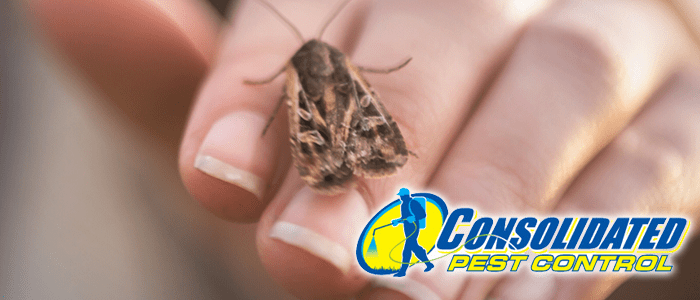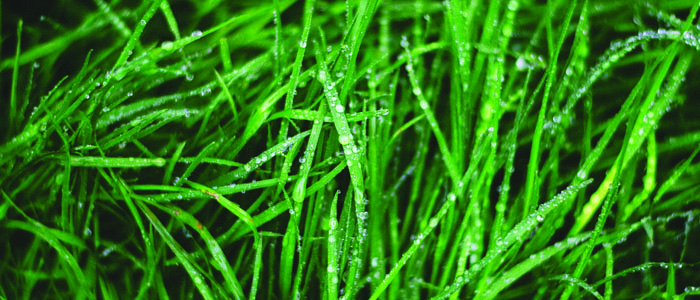
If you’re one of the millions of homeowners in America, chances are you’ve seen dusty brown little moths with skinny wings flapping around slowly and been mystified by how easily something so slow seems to avoid being squished every single time. If you’ve got dry food, flour, or grain anywhere in the house, odds are you’re looking at plodia interpunctell, the Indianmeal moth, one word. These little friends may have gotten into your home in a variety of ways and are probably chowing down on your stored goods as we speak. They infest pantries, homes, and grocery stores and can cause a lot of damage in a short amount of time unless something is done about them.
Description of the Indianmeal Moth
Adults are likely the first sign of an infection you’ll notice. They flutter around haphazardly, often far away from the source of the infestation. Oftentimes, homeowners mistake them as clothes pests. Indianmeal moths don’t eat clothes – In fact, the adults don’t eat at all. The adults are tawny brown moths with a pointed head and dull colors. The edges of their wings may appear tattered. Feather-like sensory extensions line the rims of their wings.
Larvae
Their larvae eat carbohydrate-rich dry foods such as beans, grains, nuts, or even pet food, and depending on the diet, can range from a pasty off-white to an almost greenish color. These grubs spin silk regularly as a part of their defensive strategy and to build their cocoons in which they metamorphose into moths. As they eat, they leave this silk and their droppings carelessly. You can find them in all sorts of places as they’re getting ready to transform, leaving contamination in their wake. Indianmeal moth larvae can cause a great deal of financial damage if they infest a food source, as the food contaminated by droppings, silk, and shed skins will far outweigh the amount of food lost to their feeding. Look for them under the rims of cans, along the edges of cabinets – Even above you, where the ceiling meets the wall.
Cocoon & Adulthood
After spinning a cocoon, the Indianmeal moth will sit inside and pupate for however long they need to before emerging as the feathery brown moths you know. The full life cycle from larva to adult can take anywhere from 27 days to over 300! This is part of why it’s so difficult to defend against them. Up to six generations can spawn in a year, contaminating and damaging food the entire time, moving away from the infestation to pupate, then flying away from it to make more eggs. Speaking of eggs – an adult can lay 400 eggs in less than 20 days. That’s just one female! This is a problem that can quickly spiral out of control if you don’t address it early.
What To Do About Indianmeal Moths
One of the most important steps to dealing with these pests is prevention. This is everything, really. If adults can’t access dry foods to lay their eggs, you won’t have a problem; they’ll fly away and bother someone else more likely than not. If you’ve already got them and you decide to go it alone, be ready for a long fight. You’ll have to throw out a bunch of dry food products and check all of your pantries for larvae crawling in the dark, small places out of sight.
In Conclusion
You shouldn’t have to go it alone, though. The right advice on your own unique situation can make all the difference, and at Consolidated Pest Control, we have the professional know-how to guide you through your pest problem at competitive and budget-friendly industry rates. So whether you need help bug-proofing your home or want to evict some unwanted guests, you can give us a call today and walk us through your needs. We’ll be happy to help.








